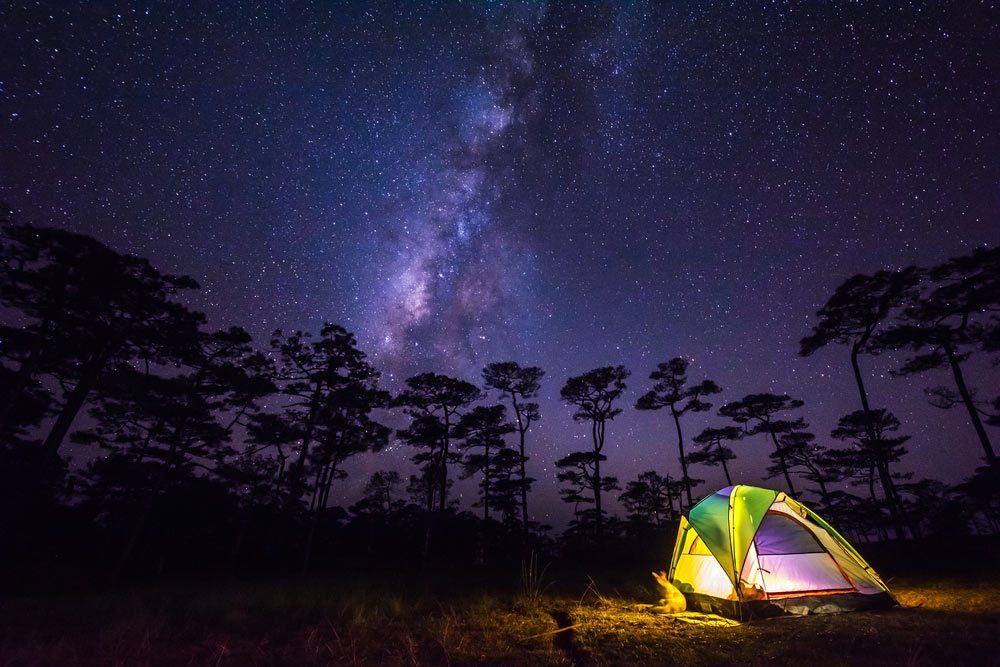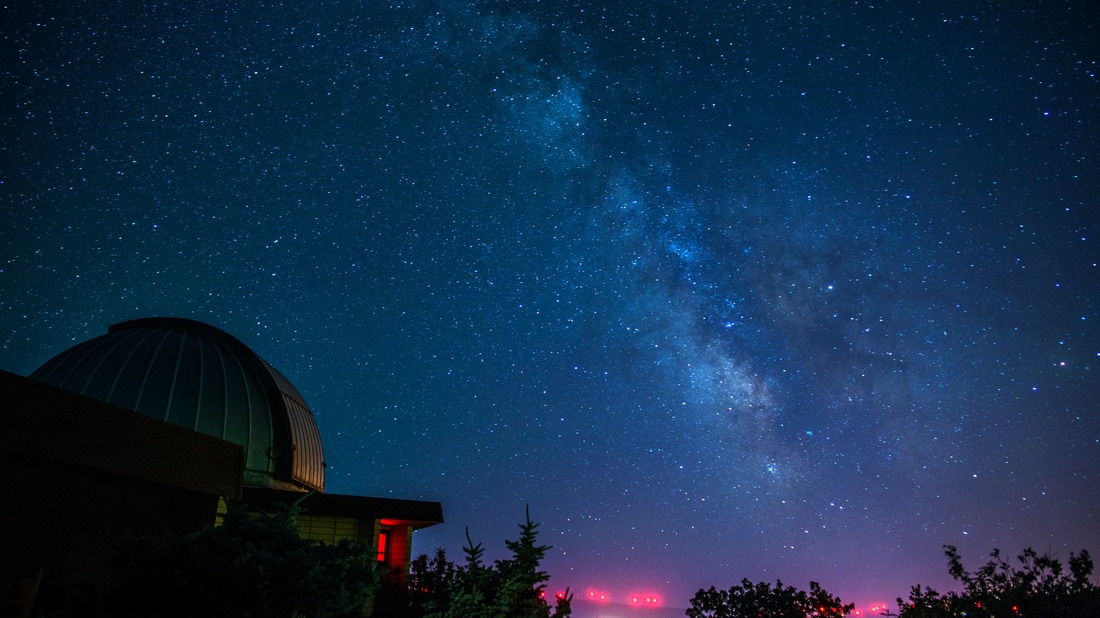America alone spends nearly $3 billion each year on tons of “bad” lighting methods. This makes it quite challenging to see the old, natural skies but luckily, there are still some of the Best places in the US to see Stars and the milky way available.
It shines down on our supermarket stores, our city squares, and even our back porches, but it additionally expands upward and outward, shining up a once-dark beautiful night sky.
The cheaper this lighting in the US gets, the more of it people practice – and that’s how we have come at a pretty damning side consequence of all this light contamination: We can’t even see the stars’ beauty anymore in our skies.
That’s the line where the International Dark-Sky Association (IDA) comes into the play. They are working to protect our disappearing night sky by analyzing and helping to improve the ways we use the lighting means in our cities across the country.
Gloomily, 99% of the American population in the continental U.S. still stays in places deemed polluted by light, indicating that most of us can’t even view the extensive spiral galaxy which we call home: that is, the Milky Way.
More than 100,000 light years in its diameter, with over 100 billion bright stars and at least as numerous planets, the Milky Way galaxy is arguably the most exciting feature of the beautiful night sky that you can see with your naked eye.
But are you actually seeing it these days? Well, that needs a little more stress than merely craning your neck upwards.
First, you will need an app that tells you the moon phases of the years calendar.
Then you’ll also need a clear night sky with few to no fog or humidity at all. Most importantly, you will need to find a perfect viewing location that’s totally void of any light pollution – no simple task if you live next to a major metropolitan city.
That’s why Exposeuk guide has compiled a list of top International Dark Sky Places – areas protected by staff and volunteers who are dedicated to making the spots some of the “darkest and most natural skies in the world.” so you can see the stars.
Here are some top spots where you can outdo light pollution and then catch a perfect glimpse of our super galaxy.
List of Best places in the US to see Stars and the milky way
Mayland Community College Blue Ridge Observatory and Star Park, North Carolina
Though it is small (only 6 acres of land in the Blue Ridge Mountains), this star viewing spot in western North Carolina is acknowledged by the IDA as the very first Dark Sky Park in the southeastern U.S region.
Denali National Park, AK
With the minimal light pollution in this place, long nights and high altitudes, almost all of the Alaska gives unparalleled views of the clear night sky, but throughout the fall, winter in places such as the Denali National Park and Preserve, and you can additionally catch insane glimpses of the Aurora Borealis.

Natural Bridges Monument, Utah
During the day hours, you can stare at three towering and beautiful natural bridge formations at this national masterpiece, but save your existing oohs and aahs sighs for the dark hours when you can gaze through them into some of the beautiful darkest skies in the US. (This was actually the first certified Dark Sky Park in US.)
It’s feasible to see up to over 15,000 stars throughout the night sky; in contrast, though, you can see less than 500 in most American cities.
Death Valley National Park, California
It is the lowest, Hottest, driest, and also the darkest. Death Valley is popularly known as a “land of extremes,” so it’s, therefore, no wonder its night skies live up to the hype. When you are finished diving Devils Hole or even mountain biking some of the thousands of miles of bike trails, seize a blanket and board the park’s true natural highlight: some of the most overcast skies in the country, carry a pair of binoculars with you for a perfect view.

Cherry Springs State Park, Pennsylvania
Heralded by hundreds of enthusiastic astronomers for its dark night skies, the 262,000-acre Susquehannock State Forest surrounds this rugged 82-acre state park.
Stop by the spot of Night Sky Viewing Area, complete with a backlit summer season sky map. Just be advised: No white light is allowed in this area of the springs park, so come equipped with a red light.
Big Bend National Park, Texas
They say that everything is larger in Texas, and it’s difficult to argue with the opinion when you catch an impression of the widespread night sky from one of the most renowned places in North America for night stargazing.
Big Bend boasts the most limited light pollution of any national square in the Lower 48.
Goldendale Observatory, Washington
This 5-acre informative facility sits across some 2,100 feet of elevation just north of downtown Goldendale, and it plays host to one of the America’s largest public telescopes available.
Also Read: List of best US ski resorts-top 25 ski resorts in the United States
The large telescope was constructed by four amateur astrophotographers (only one of them with a college degree) up in Vancouver, but it was then transferred to the Washington state in the ’70s following a Goldendale café owner introduced the lead astronomers to the town’s mayor.
Chaco Culture National Historical Park, New Mexico
Look up into the very night sky that classical Chacoan civilizations stared up to at this national park. Chaco park is the fourth section in the national park system to secure the International Dark Sky Park prominence, and at the gold-tier level, which indicates it not only seems dark now but, thanks to the measures like enhanced outdoor lighting, it will remain that way for many more years to come.
Acadia National Park, ME
The wide stretches of Maine’s downeast coast are some of the fashionable places in the eastern U.S.region to see the Milky Way in a clear picture.
Pro Tip for this location: The yearly Acadia Night Sky Festival works as both a collection of amateur and expert astronomers and an awareness drive about decreasing light pollution in the region year-round to protect star-gazing views.
Great Basin National Park, NV
According to the US National Park Service, on a cloudless night you can see tons, thousands of stars, many galaxies, five distinct planets and man-made satellites with your naked eye in this Nevada park. A sure place to visit if you want to view stars in the US.


